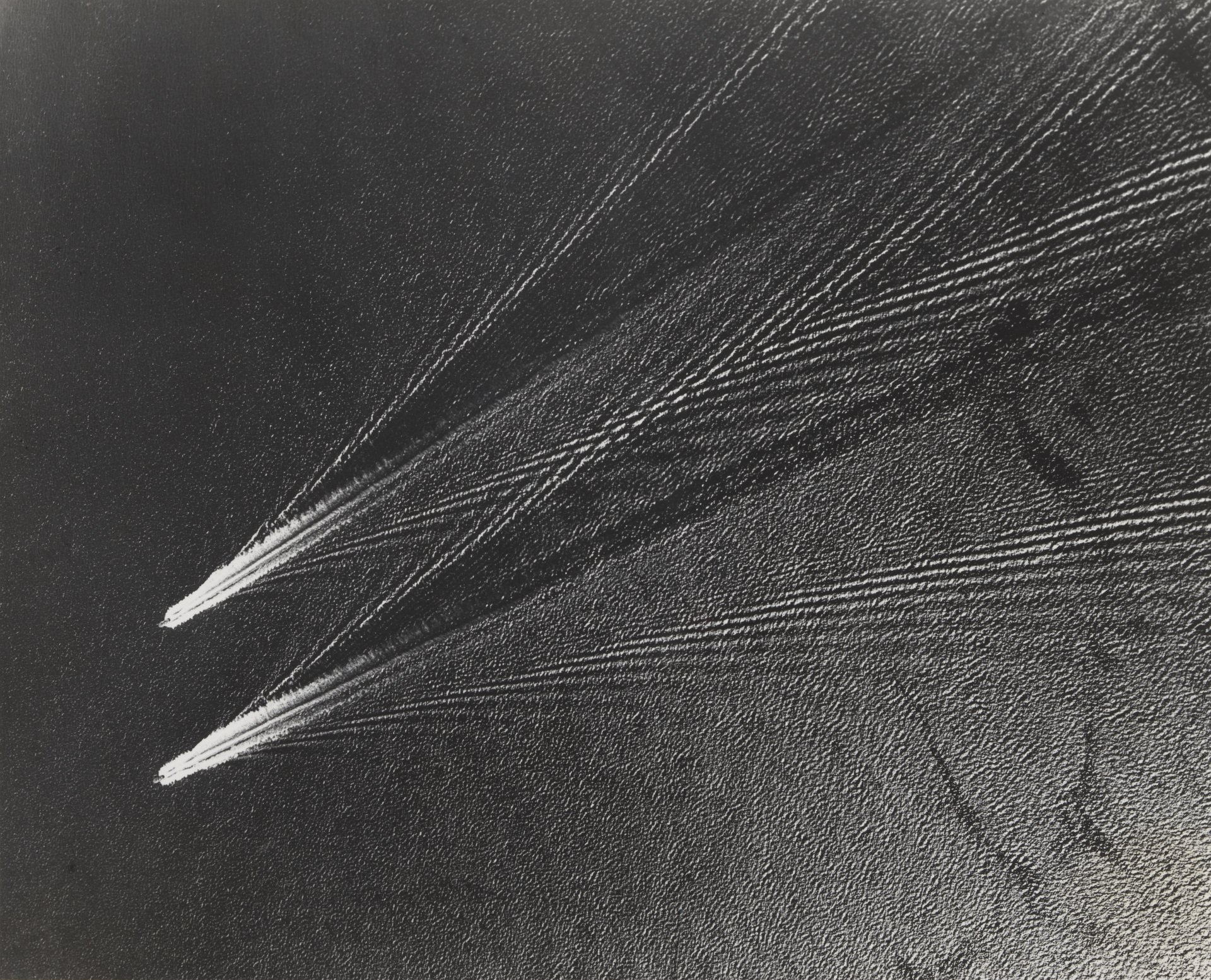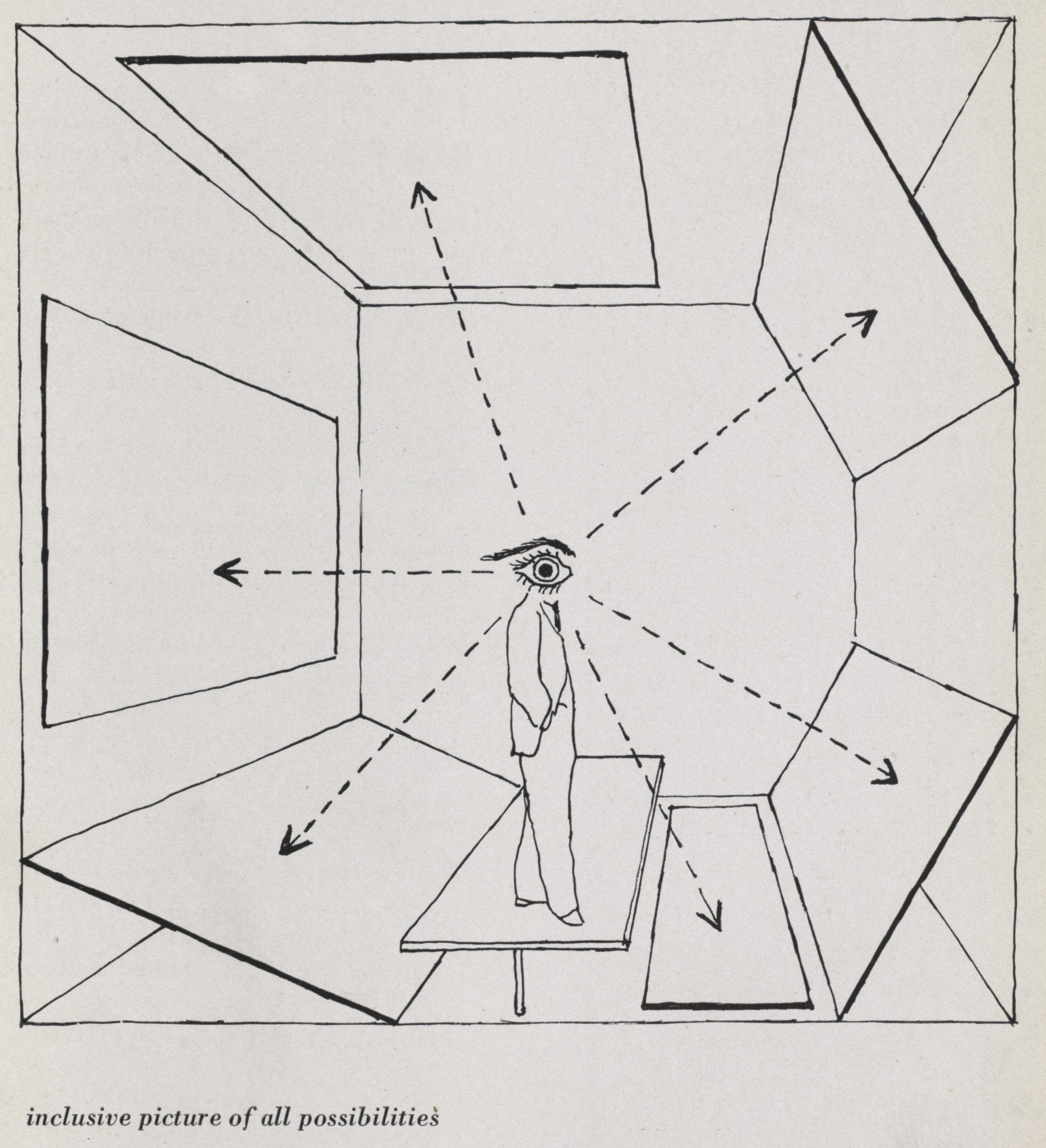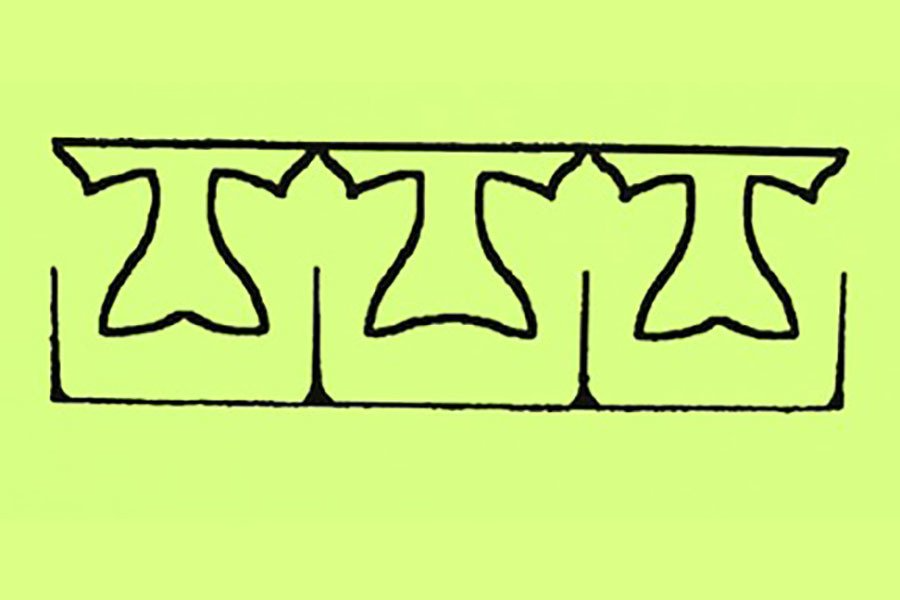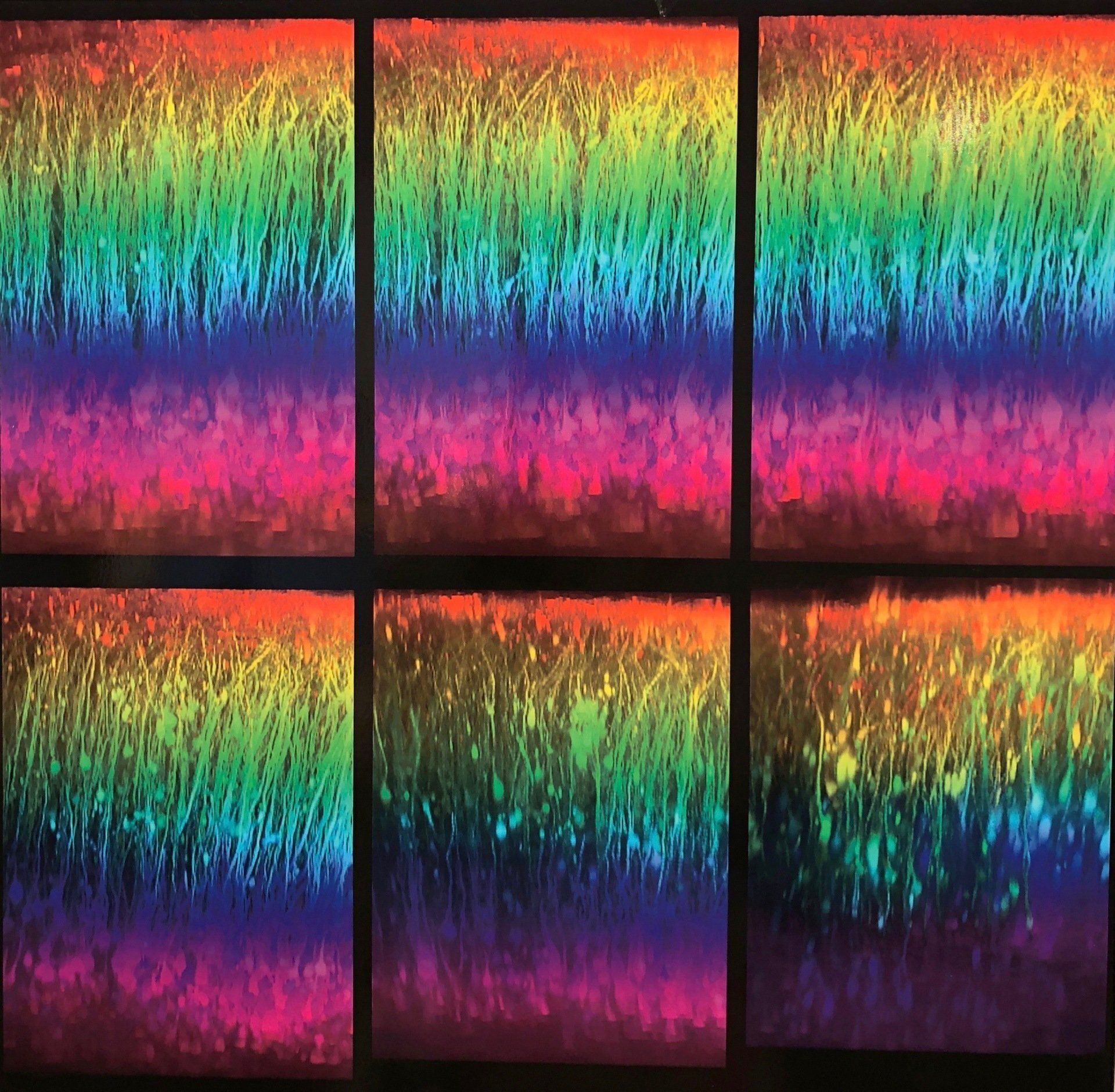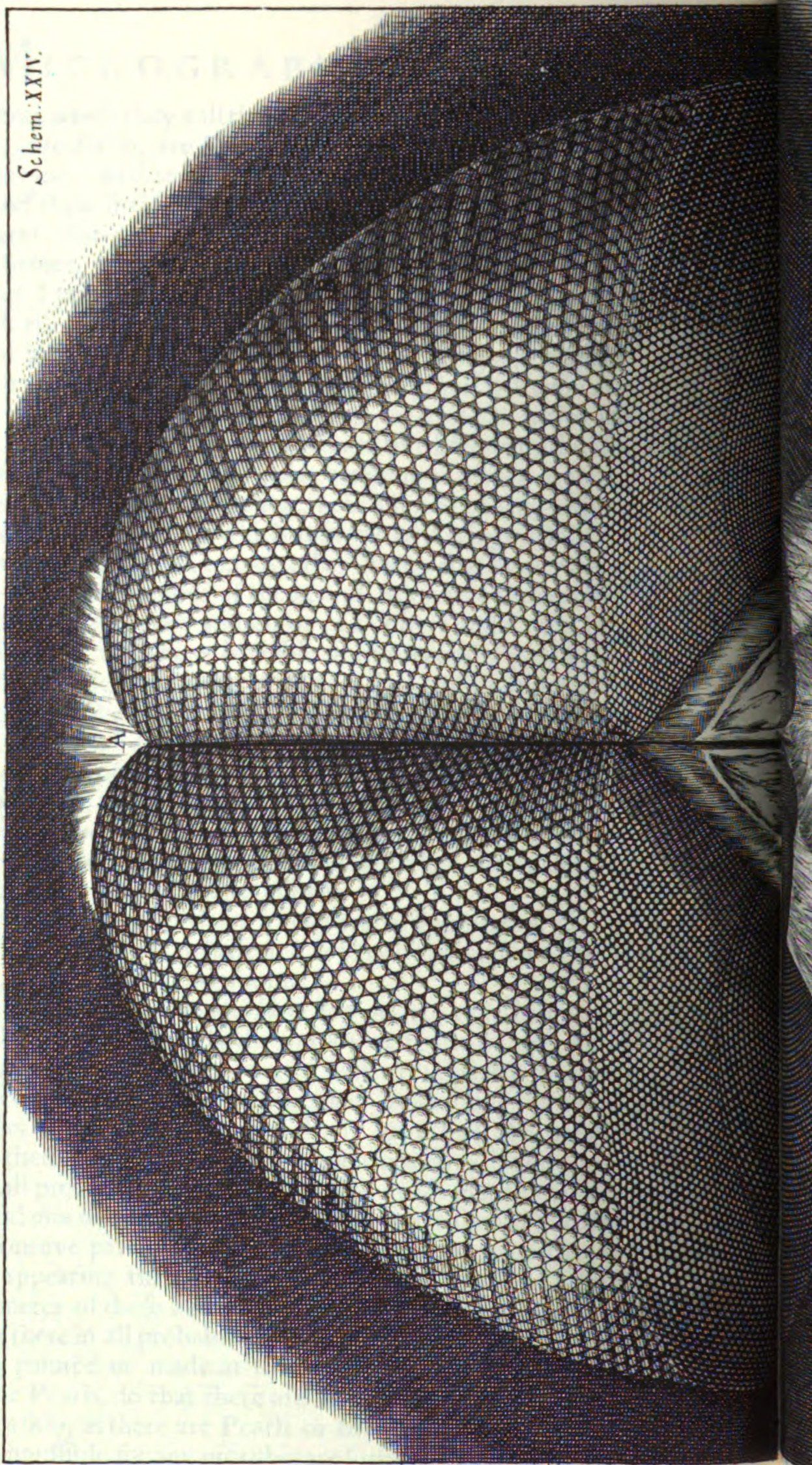SENSORY RHETORIC
Studying how persuasion works at the level of the senses
ORIENTATION: SEEING AND SENSING RHETORICALLY
Visual terms animate much of rhetoric's vocabulary: framing, theoretical lenses, perspective by incongruity. This article-length study introduces a new term to the mix—orientation—and traces its optical roots in the work of Kenneth Burke. Deriving from ophthalmology and Gestalt psychology, orientation helps to uncover rhetoric's relationship to sensation.
This study in Western Journal of Communication further presents three strategies for studying the senses in rhetoric: attending to lived experience, considering sensation as elemental to rhetorical work, and practicing rhetorical criticism that is attuned to the entrenchments and slips of the senses. When placed into practice through an examination of the vibrant red hats introduced in the 2016 presidential campaign, this theory suggests that the most persuasive rhetoric may be the most sensory.
KENNETH BURKE AT THE MOMA: A VIEWER'S THEORY
When Kenneth Burke visited the Museum of Modern Art in the summer of 1942, he walked through a special exhibit: "Road to Victory: A Procession of Photographs of the Nation at War." Unsurprisingly, Burke had much to say about the exhibit, and he would use one particular photograph—that of two boats leaving a long wake—to exemplify his dramatistic pentad. This article presents the exhibit from a viewer's perspective, which helps us present Burke's theories of placement and the pentad as inherently visual.
This study, written with Debra Hawhee and published in Quarterly Journal of Speech, further examines "Road to Victory" as a viewer would have experienced it. More specifically, we consider how museum designers managed the problem of circulation by creating a literal "road" for viewers and implementing what Bauhaus artist and museum designer Herbert Bayer called "extended vision," a method of arranging photographs to fill a nearly 360 degree space to provide an immersive experience for viewers.

